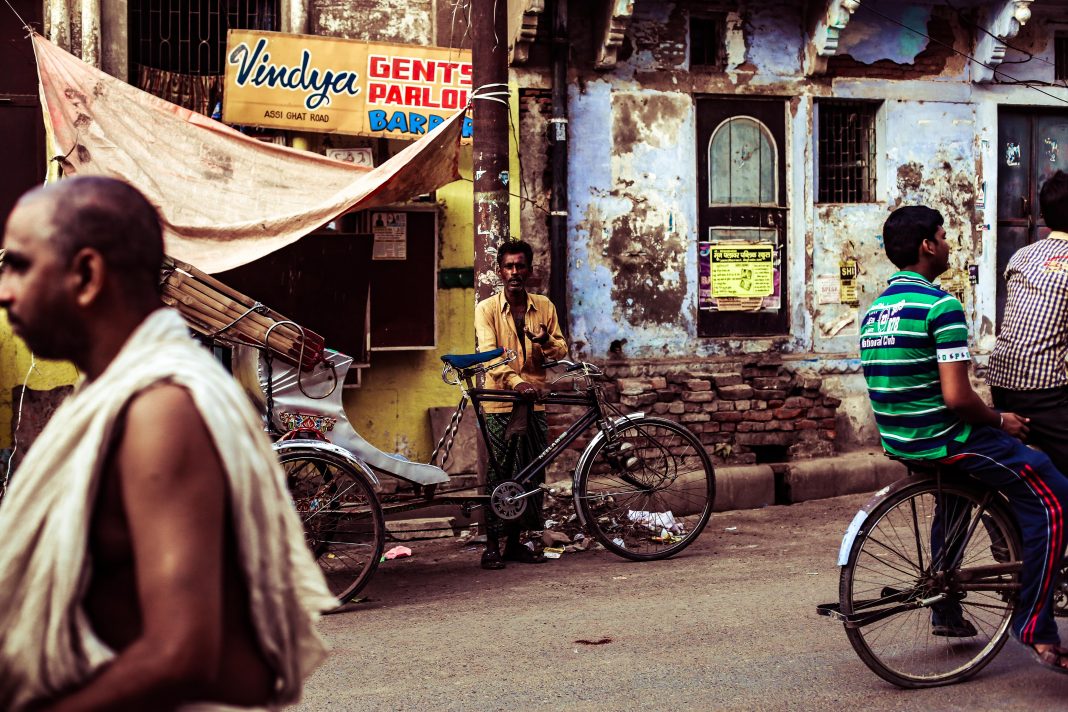The Centre, on June 29, issued the latest guidelines for Unlock 2.0. These guidelines are for opening up of previously restricted activities in a phased manner. They will come into effect from July 1 and extend until the end of the month. Moreover, Prime Minister Narendra Modi addressed the nation at 4 pm on Tuesday, with regards to the Unlock 2.0 provisions.
Lockdown in Containment Zones
According to the newly issued advisory, lockdown will continue in the Containment Zones until July 31. In order to successfully break the transmission cycle, the District Authorities shall demarcate the Containment Zones. The authorities will notify and update the same on their websites. The aforesaid information will be accessible to the Ministry of Health & Family Welfare (MOHFW).
In addition to this, only essential services will be allowed in containment zones. However, these are to be strictly implemented and checked by the State/UT authorities.
Night Curfew
The movement restrictions during the night stand relaxed throughout the country. The modified timings are 10 pm to 5 am, from the earlier 9 pm to 5 am slot. This is with the exception of essential activities, like medical emergencies, industrial operations, cargo movement, etc. Section 144 of CrPc shall be put into force by the local authorities, to ensure strict compliance.
Banned/restricted Activities
“After extensive consultation with states and UTs (Union Territories), it has been decided that schools, colleges, and coaching institutions will remain closed till July 31,” the home ministry said. Nonetheless, online distance education has been encouraged. Additionally, Government (Central and State) Training Institutions will be allowed to function from July 15, 2020; along with requisite SOPs in place.
Cinema halls, gymnasiums, swimming pools, entertainment parks, theatres, bars, auditoriums, assembly halls and similar places will remain shut until further notification. This also includes all sorts of large congregations.
Travel Restrictions
Inter- and Intra-state travel stands permitted for the movement of persons or goods. Explicitly, no e-permits, permissions, approval shall be required for the same.
Metro Rail services remain banned. International air travel of passengers also remains banned, unless permitted by Ministry of Home Affairs (MHA). Domestic flights and passenger trains are already running in a limited manner. However, their operations shall be gauged and expanded later.
In addition to this, SOPs continue to manage the movement and evacuation of stranded persons, within and outside of the country.
Other Guidelines
Given the size and physical distancing provisions, entrance of more than five persons at a time allowed in shops.
The use of Arogya Setu app still remains pertinent. “District authorities may invite individuals to install the Aarogya Setu application on compatible mobile phones and regularly update their health status on the app. This will facilitate timely provision of medical attention to those individuals who are at risk,” the government has said.
Vulnerable persons stand advised to stay inside their homes, unless essential. They include children below 10 years of age, persons with co-morbidities, pregnant women, and persons above the age of 65 years.
In furtherance, the guidelines direct compliance of these guidelines simultaneously with the National Directives issued for COVID-19. Thus, in order to ensure strict enforcement of the guidelines, the States/UTs can invoke penal provisions. These include Section 188 of Indian Penal Code (IPC), and Sections 51 & 60 of the Disaster Management Act, 2005 among others.
The Unlock 2.0 comes after Unlock 1.0, which came into effect from June 8, 2020. It is the part of the government’s effort to restart activities (economic and otherwise), which had come to a halt due to the nation-wide lockdown imposed on March 24, 2020. The COVID-19 positive cases in India stand at 5.66 lakh, while the death toll has risen to 16,893; making India the 4th worst-hit country in the world.

